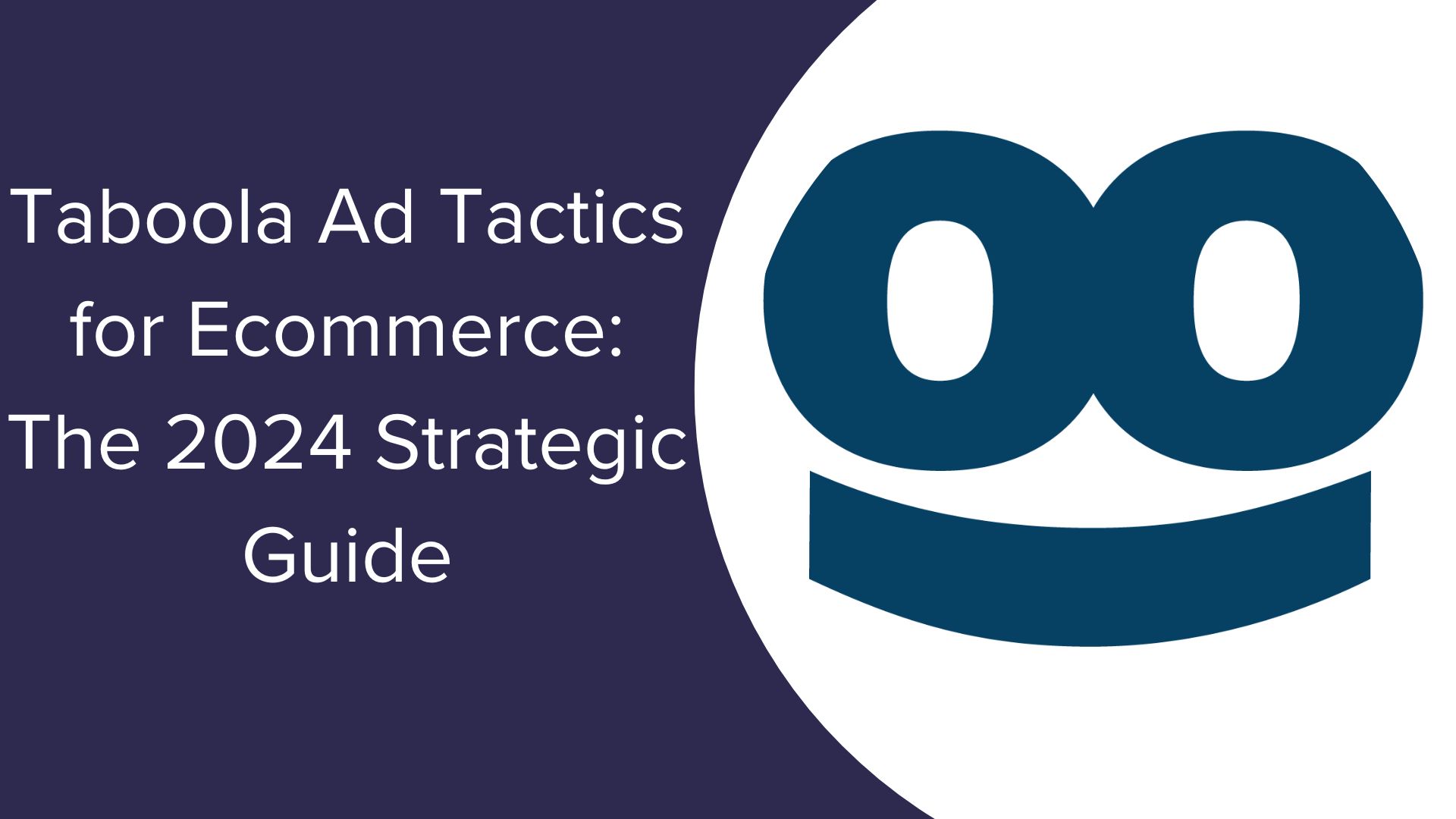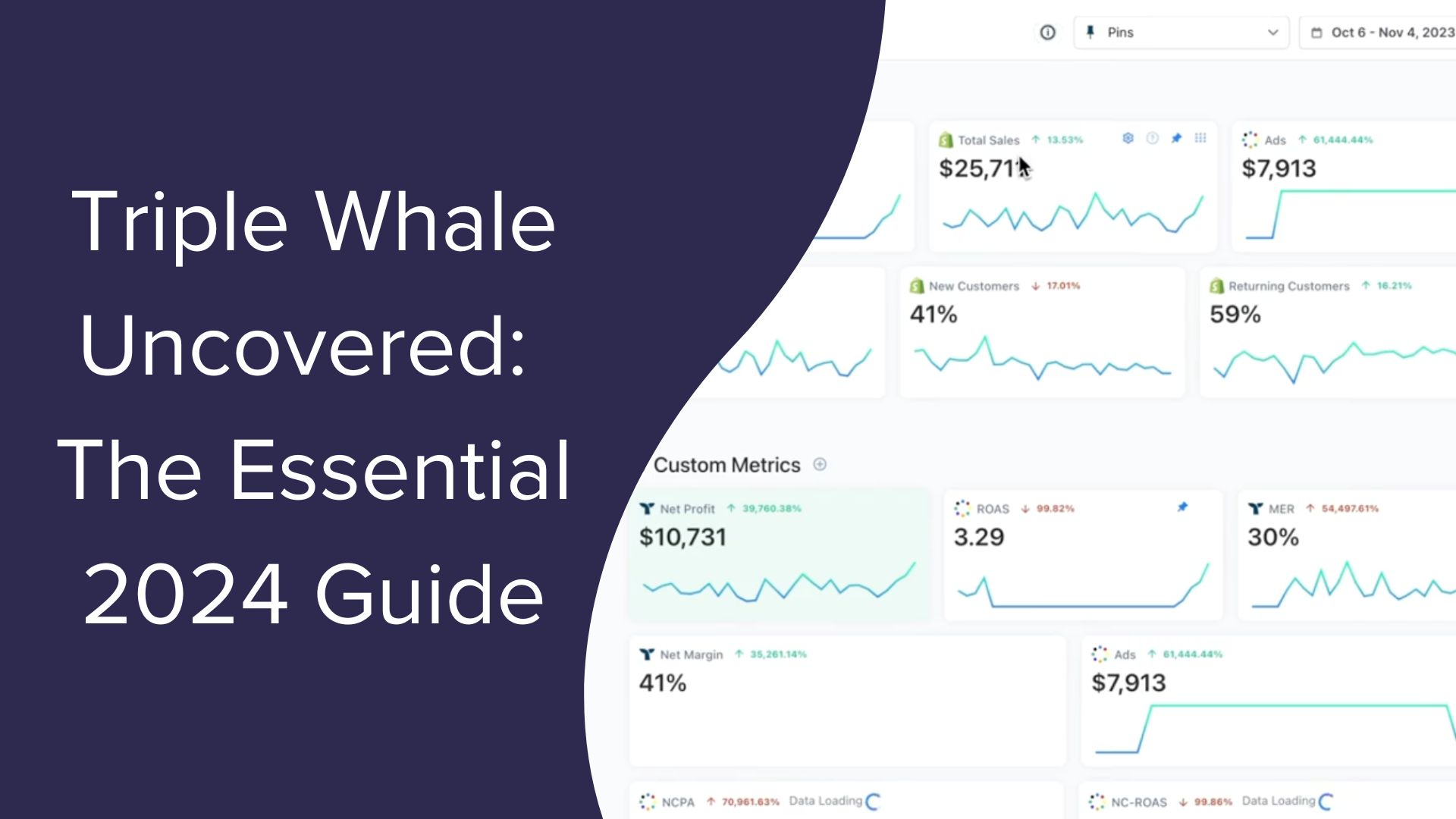Warning: Undefined array key 0 in /home4/ipiukmte/public_html/wp-content/themes/adquadrant/template-parts/content-post.php on line 21
Warning: Attempt to read property "slug" on null in /home4/ipiukmte/public_html/wp-content/themes/adquadrant/template-parts/content-post.php on line 22
How Your E-Commerce Brand Can Prepare For A Cookieless Future (It’s Coming!)

If there’s one thing the recent global pandemic has taught us it’s this: the future can throw anything at us, and we have to be agile enough to navigate through it. With Google all set to phase out third-party cookies, digital marketers and e-commerce brands need to find the right balance between putting the right amount of privacy and security measures in place while still delivering a personalized shopping experience for their customers.
With today’s users demanding greater privacy online, here are three ways to navigate and find success in a cookieless future.
1. First-Party Data Will Drive Your Cookieless Digital Advertising Strategy
If your e-commerce brand sells directly to a customer, regardless of whether they are B2B or B2C, you have the opportunity to collect first-party data about their shopping habits. Your website will still use first-party cookies, providing you with access to priceless data about what your customers are most interested in.
In a cookieless future, you will depend a lot on the database of information you already have at hand and what your customers will readily supply you with. Whether it is their name, age, marital status, delivery address, or their shopping history, favorite products, and wishlist – provide them with compelling reasons to share this data with you and for your usage.
Offer incentives to customers who share their data in exchange for value-added service. This could be as simple as tailor-made discounts on their preferred items or exclusive access to new product launches and deals. According to the Pew Research Center, approximately 81% of Americans are concerned about companies collecting private data. Your first-party data collection strategy should be fully compliant and transparent to encourage customer loyalty with your e-Commerce business.

2. Context Will be Key for Cookieless Marketing
Contextual advertising will help you navigate cookieless advertising to reach relevant and targeted users without having to even collect their personal data or rely on third-party cookies. Invest heavily in targeted keywords to be relevant and to be seen by the right people.
There are plenty of opportunities to offer contextual commerce. Incorporate purchase opportunities into your customer’s everyday activities and digital environments organically and seamlessly. For example, advertise your camping gear in a YouTube video about camping grounds in the state.
Target users with content that is similar to that which they are already consuming using relevant and interesting topics, keywords, and creativeimagery. This creates a personalized experience that will get your audience to resonate with your e-Commerce brand in a cookieless environment.
3. Expand and Personalize Digital Marketing and Social Commerce
2022 will be the year you turn towards traditional digital marketing channels like email marketing and social media. It helps that social media is playing a huge role in e-Commerce right now. Email marketing can achieve the same results as third-party cookies and can be even more effective in getting you the CTR that you are looking for and deserve.
Tap into an audience that already follows you on social media and is already subscribed to your newsletter. These consumers already know your e-Commerce brand, are familiar with your products and just need a small nudge to boost loyalty and get them to serve as brand advocates.
Segment your audience according to demographic, history of purchases, order value, and email engagement. Then target each using unique content and personalized promotions. E-commerce brand marketers find that 80% of customers are more likely to make a purchase when personalized experiences are offered.

Cookieless Advertising in a Cookieless E-Commerce Market
As an e-commerce business, it is critical for you to attach your conversion rate to your digital marketing. There might be no other way to decipher what your customers are responding to, and find areas of improvement. Even though the method of personalizing your digital marketing and messaging to a targeted audience will change, you can still channel your efforts into building meaningful and efficient online relationships using robust content, email and social media strategies.
The three tips mentioned here will help you start a new cookieless marketing journey for your e-commerce brand. Contact us if you have more questions about the impact of a cookieless future and the effect it will have on your e-commerce business, and we will help you navigate through it all.
About the author: Joanne has lived in five countries and is always on the hunt for a new city to explore. After a Masters in English Literature from the University of Leeds, she landed an internship at Google that ignited her passion for all things digital. She has 10 years of experience in content writing, reads 2 books a week, and loves ‘90s pop culture.




